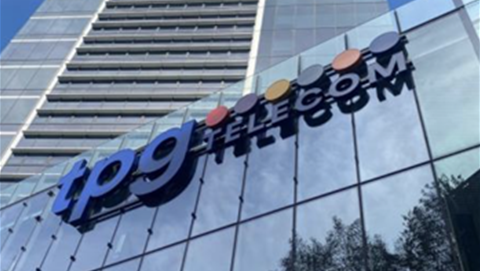There are growing calls for future mobile coverage funding (such as under the Mobile Black Spot Program) to encourage active network sharing amount telecommunications carriers.
That consensus emerged in submissions published by a senate inquiry into co-investment in multi-carrier regional mobile infrastructure.
The black spot model of funding a single carrier to build on a site has resulted in patchy service availability, tower owner Indara’s property and customer engagement manager Jason Horley told a committee hearing on Wednesday.
As a result, rural residents often find themselves having to carry mobiles from Telstra and Optus, in case of a breakdown on a long trip.
Horley also told the committee the growing demand for connectivity for farm equipment was a brand-new problem: repairing a $750,000 tractor might assume the technician has access to the mobile network.
Fixing on-farm coverage would yield up to $8 billion in productivity growth by enabling autonomous tractors and other robotics, he said.
Pivotel’s submission to the inquiry noted that while carriers offer colocation at black spot-funded sites, that rarely attracts other carriers to the location.
Telstra, which has received 80 percent of black spot funding, only has other carriers at 35 percent of its funded towers.
Pivotel wants to see black spot funded sites utilise active RAN sharing, not just be open to equipment colocation opportunities.
As Pivotel noted in its submission: “Impediments to the use of active RAN sharing are largely strategic and commercial; policy interventions by government have been shown to be necessary to break down such barriers.
"Pivotel advocates that the MNO [mobile network operator] who becomes responsible to deploy a site subsidised by the public purse should provide active RAN sharing access to other operators on a commercial basis.”
Telstra and TPG are also pro-sharing - not surprising as the two are hoping to have a formalised sharing arrangement approved by the ACCC.
TPG called for co-funded mobile infrastructure to be open access in the future.
“We strongly believe that any co-funded mobile infrastructure must be open access. This
means, for example, that any MNO can request to be involved in the design and
establishment of a greenfield mobile site; or that an MNO can request to co-locate at a cofunded site on terms that are cognisant of the fact that public funds were used to build the infrastructure.
“Government led co-investment projects could also prioritise sharing active
network infrastructure ... to achieve even greater cost reductions in building mobile network infrastructure."
The government earlier this month indicated it wants more multi-operator proposals submitted for future black spot funding rounds.
Telstra, meanwhile, said that "MNO-led active sharing arrangements are a superior model for pragmatically and cost-effectively delivering multi-carrier regional coverage than alternatives such as neutral host arrangements."
Support for subsidy models that encourage active sharing also came from industry alliance Commpete, Nokia, the NSW state government (itself a supporter of active sharing via its active sharing partnership program), the National Farmers' Federation, and the Australian Communications Consumer Action Network (ACCAN).


.png&h=140&w=231&c=1&s=0)























